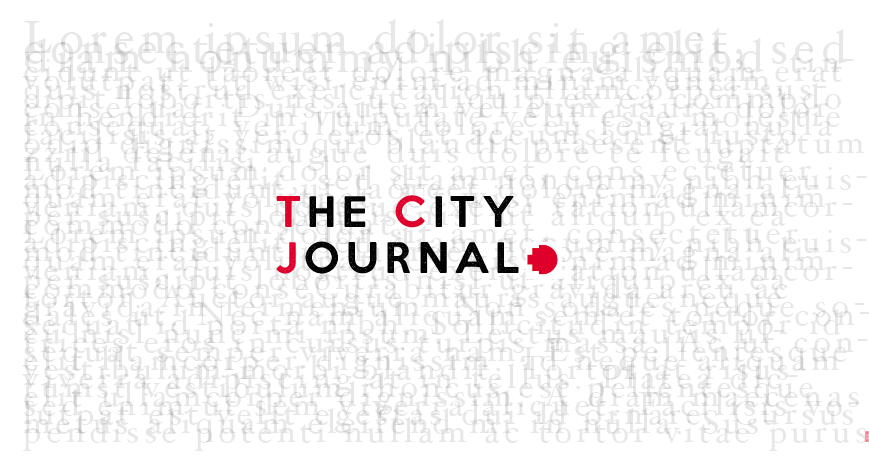Since the pandemic, employers and economists have been talking about “The Great Resignation”. An economic trend that saw employees leaving their jobs in the masses. Among those who have resigned, many were in the media industry, and burnout was cited as the key reason for their departure.
In 2023, the Medianet Media Landscape Report found that of the 1023 Australian journalists surveyed, 72% were experiencing burnout because of their work. The report also found that women and people of colour were more at risk of burnout than others.
Classified as an “occupational phenomenon”, burnout was added to the World Health Organisations International Classification of Diseases in 2019. Defined as “a syndrome conceptualized as resulting from chronic workplace stress that has not been successfully managed.”
Funding cuts, technological advances and increasing time pressures are three key reasons burnout is having severe impacts on journalists.
As the competitive nature of the industry continues to intensify, the focus on cost reduction and maximized productivity places journalists at continuous risk of burning out.
Journalists facing additional barriers, such as discrimination, both in the workplace and from audiences online, are more likely to experience declining mental well-being and job satisfaction.
In a piece published in 2018, Alexandria Neason, editor and producer at Radiolab, wrote about the extra stressors she experienced as a black woman in America and how it contributed to her burnout.
The increasing workload for journalists, combined with the need to report on issues such as police brutality, anti-abortion laws, threats to transgender rights, the Covid-19 pandemic, the cost-of-living crisis, and the war in Ukraine, presents a particularly onerous task for journalists whose lives are impacted directly by the topics they cover.
Many journalists have taken to Twitter, announcing that the experience of burnout was the reason they were quitting journalism.
Deana Stepanian, a journalist at Fashion Journal in Melbourne specialising in mental health reporting, said: “Women, queer people, and people of colour are more likely to feel that they have to work harder to succeed.”

Photo Source: Deana Stepanian
Research has shown the impacts of prolonged stress can be linked to a range of longer-term health complications, including diabetes and cancer. The risks associated with burnout extend beyond the office, indicating the need to treat the mental well-being of their employees with as much seriousness as they do their physical.
“We need a way to support young journalists, especially those who already face a greater risk of burnout. If the industry cannot do that, they risk losing some of the most important and underrepresented voices in the media.” Deana Stepanian added.
As conversations around burnout and mental health become more commonplace in the industry, those in leadership positions are under increasing pressure to address the problem.
In 2022, the Australian Broadcasting Corporation (ABC) and the Australian eSafety Committee collaborated to release their online safety guide for journalists. The guide outlined the risk factors for online abuse directed at journalists and how it impacted their well-being. Later in the year, the ABC became a signatory to the Brussels Declaration, a global initiative founded in 2021 that called for increased support of media professionals and journalists.
Burnout among journalists has long been an issue in the industry, yet as the demand for more, higher quality reporting increases, the need for improved support networks is more crucial now than ever to ensure reporters’ well-being and longevity in the industry is preserved.
For more information about depression and anxiety, visit www.beyondblue.org.au. To talk to a mental health professional for free, contact the 24/7 Beyond Blue Support Service on 1300 22 46 36.






